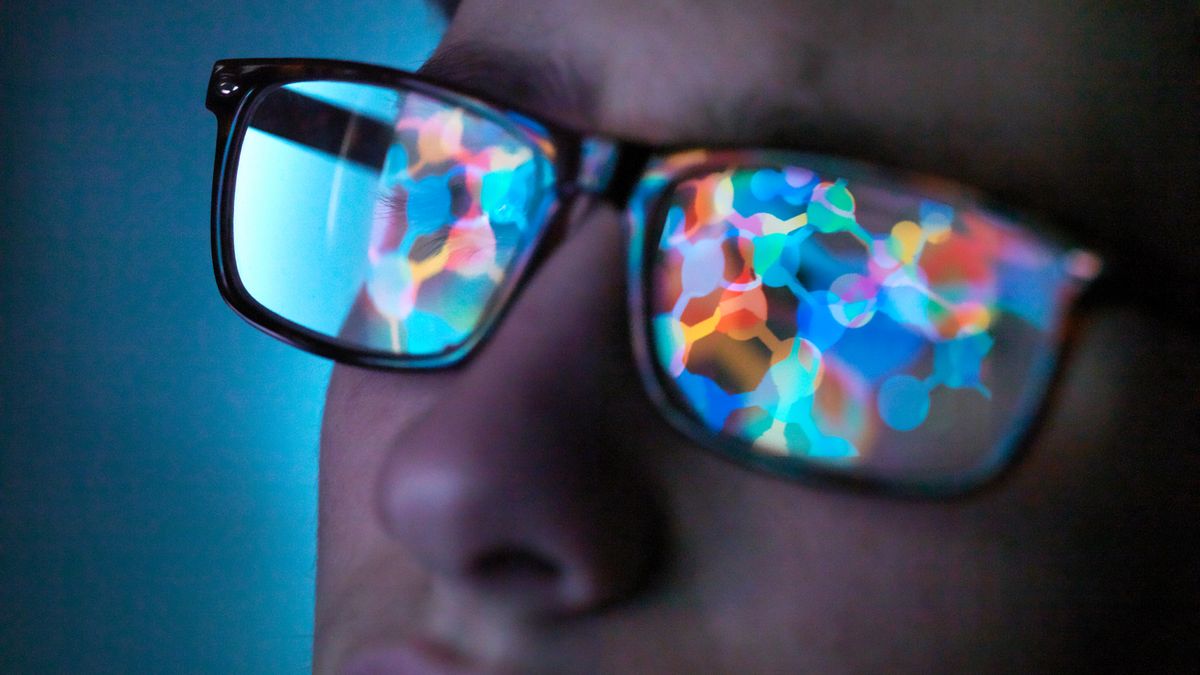Researchers have invented a device that’s small enough to fit in a regular pair of glasses and could solve an age-old trade-off in holographic displays — leading to the most realistic holograms ever.
Holograms are conventionally created using projecting devices called spatial light modulators (SLMs). Light is emitted through the device so that it changes the shape of the light wave at a specific distance, creating a visible surface.
But because SLMs are made from liquid crystal/silicon (LCoS) display technology, current hologram technology is suited to narrow fields of view like a flat screen or small viewing area (ie a small object). The viewer must be positioned inside a narrow viewing angle – anywhere outside it and the light diffracts too much, making the light invisible.
It’s possible to widen the angle within which the image is clear, but fidelity is lost because current LCoS technology doesn’t have the number of pixels available to maintain the image across a wider field. That means holograms tend to be either small and clear or large and diffuse, sometimes disappearing altogether if the viewer looks in another direction that’s far enough away from the angle within which it’s visible.
Related: New invention transforms any smartphone or TV display into a holographic projector
Felix Heide, assistant professor of computer science at Princeton and the paper’s senior author, explained how important the viewing angle is. “To get a similar experience using a monitor, you would need to sit right in front of a cinema screen,” he said.
The new technology, detailed in a study published April 24 in Nature Communications, could lead to the creation of more detailed holograms no matter which direction the viewer is looking in or how fast they change direction. The apparatus required to project them too is so small and light that wearers don’t need tools like bulky VR headsets.
The finding would also make applications where holograms are used — such as in VR and AR displays — more widespread because the display technology can be easier to use, lighter and ultrathin. Heide mentioned examples from getting directions while driving to assisting in surgery, and even seeing instructions about how to fix a leaky pipe.
The Princeton team’s key innovation was to create a second optical element that works with the SLM, filtering its output to expand the field of view while preserving the detail and stability in the hologram with a much lower decline in image quality.
Described in the paper as a small piece of frosted glass, the device is etched with a pattern that scatters the SLM’s light into frequency bands not easily perceived by humans. This improves the image quality and expands the field of view.
The trade-off between image quality and field of view has been the biggest obstacle to realistic holograms, but as co-author Nathan Matsuda said: “The research brings us one step closer to resolving this challenge.”








:max_bytes(150000):strip_icc()/roundup-writereditor-loved-deals-tout-f5de51f85de145b2b1eb99cdb7b6cb84.jpg)


